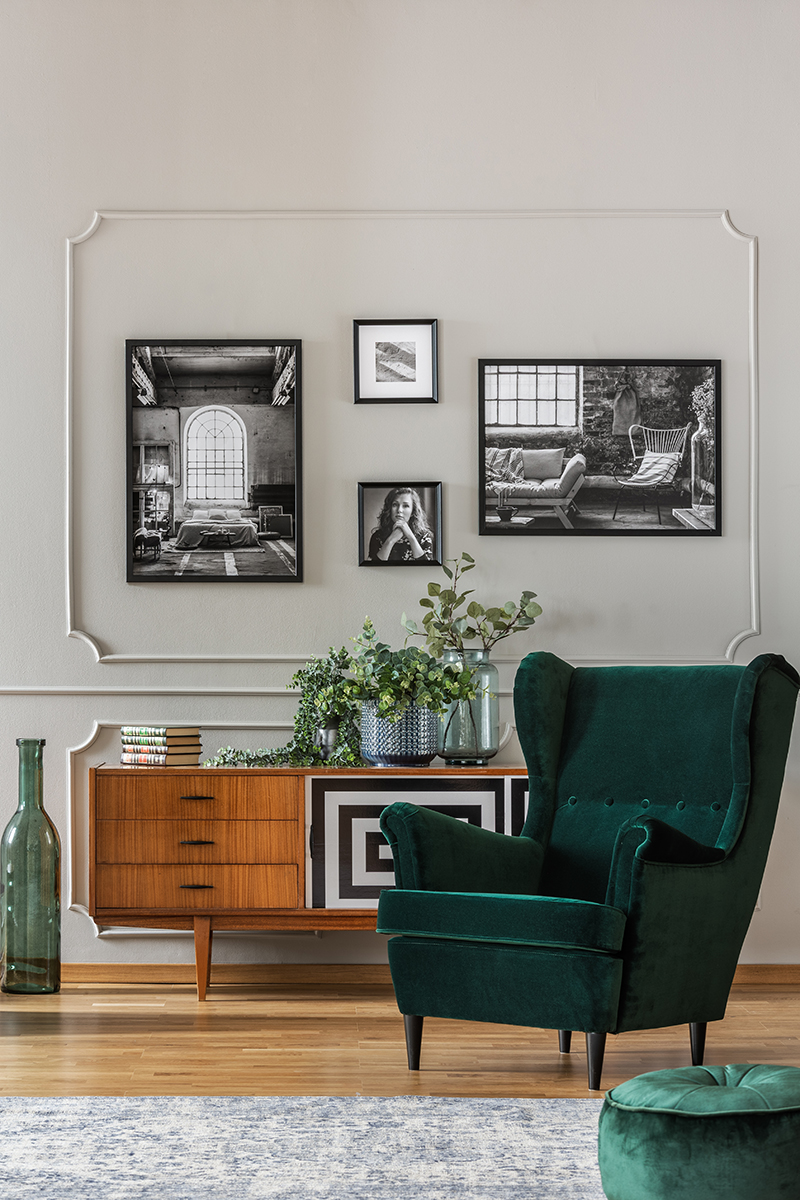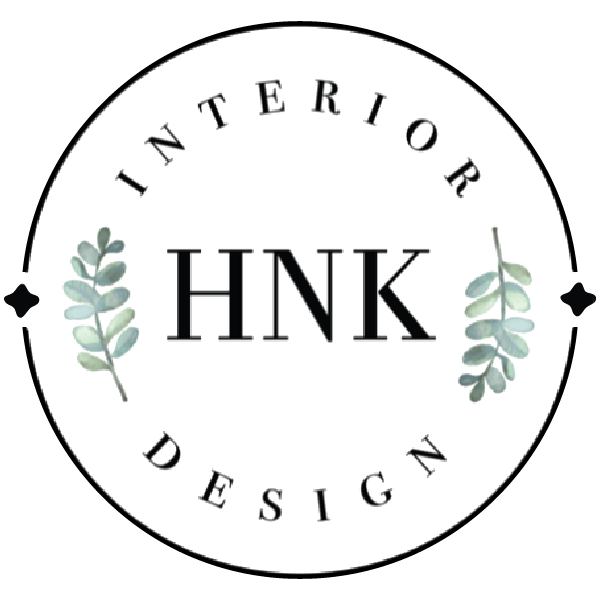How Art Transforms Interior Design From Functional to Extraordinary

Most homes treat art as expensive wallpaper. There are paintings perfectly centered above sofas, prints matching throw pillows, and everything appears to be safe and predictable.
A cookie-cutter approach to interior design fails to acknowledge art's transformative power.
Rather than filling empty wall space with art, your design decisions should be driven by the art. You can create magic when you flip this relationship and let meaningful pieces guide your choices.
Suddenly, your rooms have soul, personality, and the kind of visual impact that makes people stop and really look around.
Make Art Your Design Starting Point
Smart designers begin with the art, not the furniture. A vintage poster that speaks to your heart or a sculpture that speaks to your soul sets the tone for the entire room. Furniture styles reflect the mood of the artwork, while textures add to its energy. It creates cohesive, intentional spaces rather than using catalogs to assemble them.
It goes even further when you commission a piece that is completely custom-made to fit your space and vision. Murals, sculptures, and mixed-media installations designed by local artists can become architectural features rather than decorative additions. Since they are irreplaceable and deeply meaningful to the owners, these investments often become the most treasured elements of a home.
Mix High and Low for Authentic Character
The most interesting interiors combine museum-quality pieces with flea market finds and family treasures. There's no reason your grandmother's ceramic vase shouldn't receive equal attention to that of the contemporary painting you've been saving for. The artwork of children can stand up to the work of professional artists when displayed confidently and framed correctly. A democratic approach to art creates spaces that tell the stories of the people living there.
Placing things unexpectedly adds a sense of drama and personality that isn't possible with traditional hanging methods. Consider leaning large canvases against walls instead of hanging them, or placing sculptures on floating shelves. Create a dynamic display by arranging pieces of varying sizes asymmetrically. Making art feel contemporary and fresh demonstrates your creative confidence.
Embrace Bold Statements and Pattern Play
Interior design is undergoing a revival of maximalism after years of beige minimalism. Wallpapers with lots of patterns provide a backdrop for equally bold artwork, creating layered environments worth exploring. You can mix florals with geometrics, abstracts with landscapes, and vintage frames with contemporary pieces. Complementary moods or colors are essential to bringing disparate elements back together.
Scale becomes your secret weapon when making dramatic statements. Oversized photography in small rooms creates surprising intimacy, while collections of tiny pieces can fill large walls with intricate detail. Don't be afraid to go bigger than feels comfortable initially. Most people choose art that's too small for their spaces, missing opportunities for real visual impact.
Integrate Technology and Interactive Elements
Digital art displays revolutionize the way we experience visual art at home. Programmable lighting can change the appearance of a piece throughout the day, but rotating collections eliminate the need to constantly redecorate your walls. A lively artwork responds to your daily rhythms when you play music, move, or at the time of day.
Interactive pieces offer visitors a unique experience compared to traditional art. An installation with textured surfaces invites touch, a kinetic sculpture responds to air currents, and an augmented reality piece reveals hidden layers through a smartphone application. Families with children who prefer to experience art rather than observe it will benefit from these cutting-edge approaches.
Partner with Design Professionals Who Understand Art
Most interior designers treat art as decoration, but true art integration requires understanding how pieces work within complete design visions. HNK Interior Design's comprehensive approach includes space planning that considers art placement from the beginning, material selection that complements your chosen pieces, and vendor sourcing that finds unique furniture and accessories to support your artistic vision. Our 3D renderings let you see how art and design elements work together before installation begins.
Trust us to coordinate custom furniture pieces that complement your art collection, oversee the entire process, and ensure your artistic vision is realized. Our trade shows and vendor relationships enable us to source unique pieces that contribute to cohesive environments that beautifully enhance art and design.
